For travelers who crave dramatic landscapes, towering peaks, and thin mountain air, these countries deliver altitude with attitude. When measuring which nations truly deserve the title of “most mountainous,” it’s not about having the tallest peak or the most famous range – it’s about the percentage of land covered by mountains.
These countries have basically said, “flat land? No thanks!” with mountains dominating over 80% of their territory. From hidden Himalayan kingdoms to unexpected African highlands, these nations offer jaw-dropping vistas around literally every corner. Pack your hiking boots and altitude sickness pills, because these mountain-packed countries will leave you breathless.
10. Nepal (80.7%)
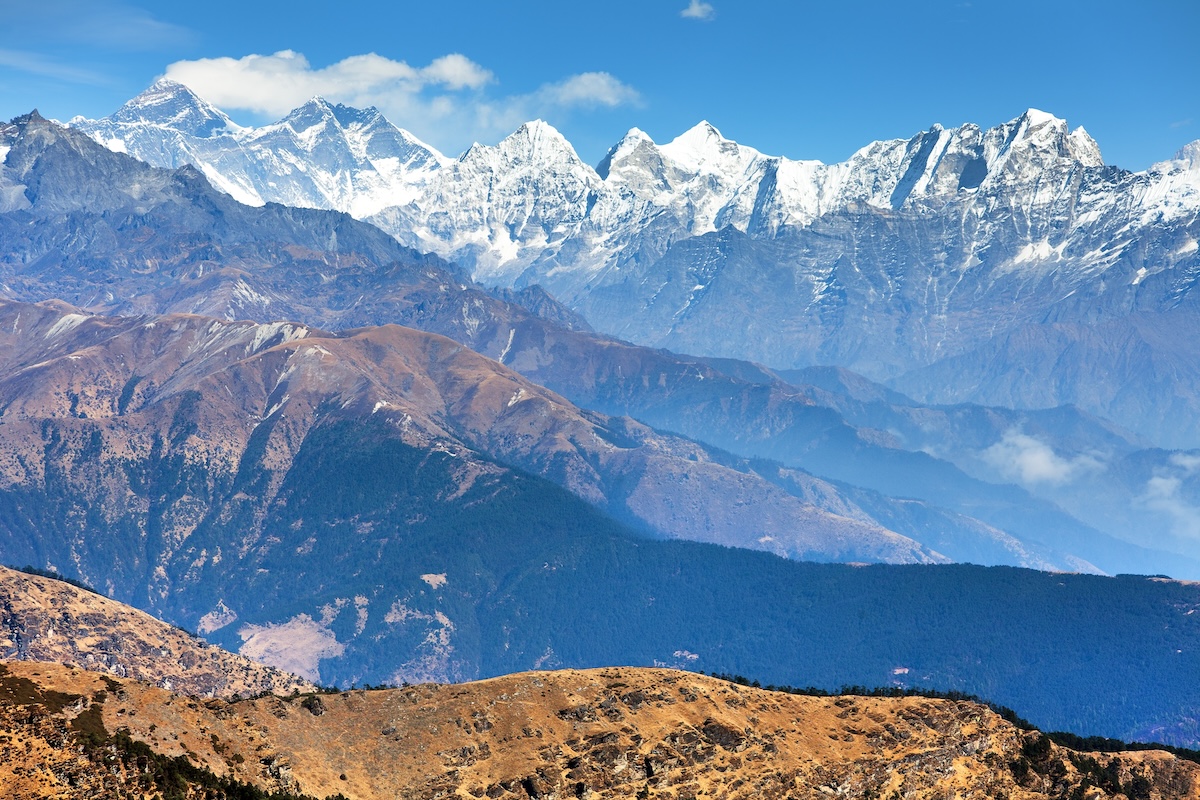
Nepal might house the world’s highest peak, but surprisingly ranks “only” tenth on our list despite hosting eight of the world’s ten tallest mountains. Beyond the celebrity status of Everest, the country delivers endless Himalayan landscapes where ancient trails connect remote villages that still function much as they have for centuries.
Trekking here isn’t just recreation – it’s practically the national pastime. The Annapurna Circuit and Everest Base Camp treks draw thousands, but hundreds of lesser-known routes offer equally stunning views without the crowds. Mountain culture permeates everything from the prayer flags fluttering at high passes to momos (dumplings) served in teahouses along trekking routes.
9. Lebanon (81.1%)

Lebanon packs serious mountain credentials into a tiny package, with the Mount Lebanon range running parallel to the Mediterranean coast like a rocky spine through the country. These mountains shaped Lebanese history, providing refuge for religious minorities over centuries and giving the country its iconic cedars, so important they’re featured on the national flag.
The 470km Lebanon Mountain Trail traverses the entire country, passing through ancient villages where traditional cuisine includes mountain herbs and goat cheese produced in highland pastures. Even wine culture thrives at altitude, with some of the region’s best vineyards producing minerally whites and robust reds from mountainside terraces overlooking the sea.
8. Switzerland (83.6%)

Switzerland practically invented mountain tourism, transforming peaks from fearsome obstacles into playgrounds for the wealthy. The Alps dominate the southern landscape while the smaller Jura range defines the northwest, leaving precious little flatland between. This alpine nation turned geographical challenge into cultural identity, with mountain motifs appearing on everything from chocolate wrappers to army knives.
Swiss engineering conquered the heights with trains that tunnel through mountains and cable cars that float effortlessly upward. The Matterhorn remains the postcard superstar, but endless other peaks provide backdrops for fairy-tale villages and glittering lakes. Summer hiking trails transform into winter ski runs across a country where mountain sports aren’t just recreation – they’re a national obsession.
7. North Macedonia (85.5%)
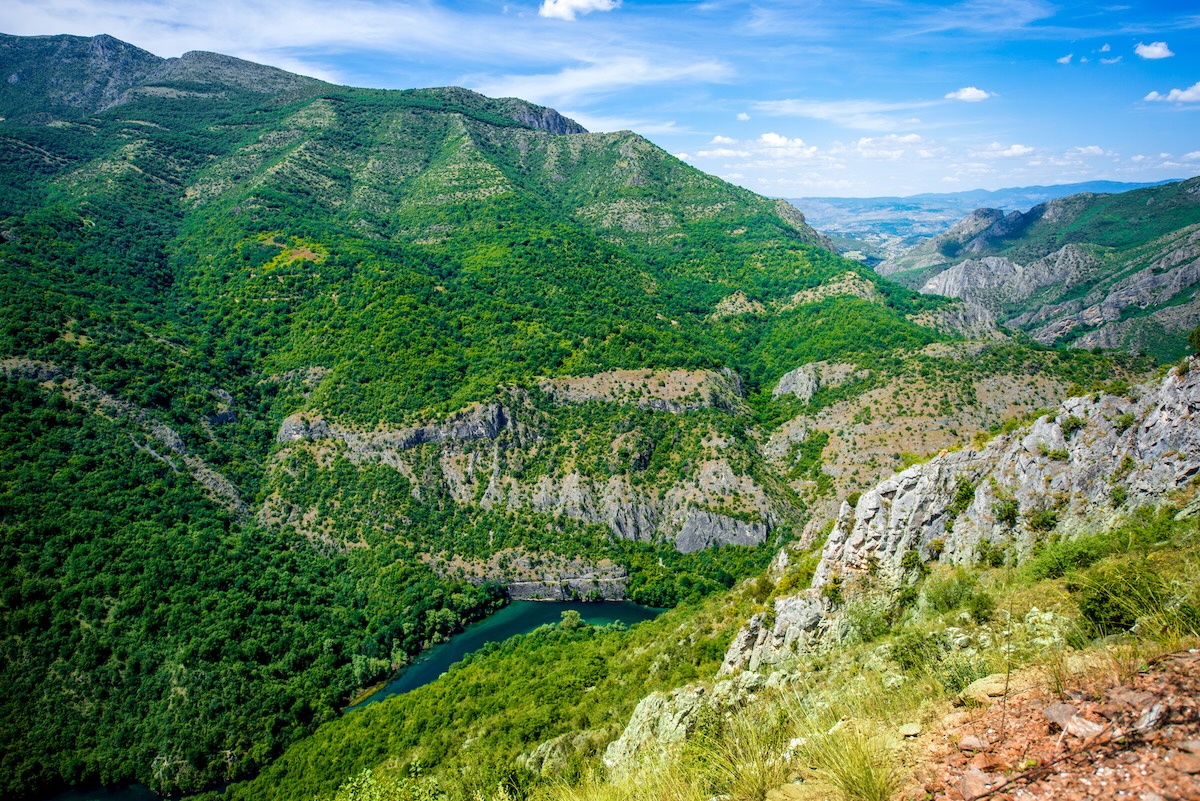
This Balkan nation packs serious mountain punch for a country few could locate on a map. Sandwiched between better-known neighbors, North Macedonia’s landscape features dramatic peaks cutting across the country, creating highland lakes and national parks that remain refreshingly undiscovered by mass tourism.
The ancient Lake Ohrid sits surrounded by mountains on the Albanian border, while Mavrovo National Park delivers skiing in winter and wildflower-carpeted hiking in summer. Even the capital, Skopje, sits in a valley completely encircled by mountains, their silhouettes visible from every street corner. Adventure travelers can find Europe’s cheapest paragliding, mountain biking, and rock climbing here without the crowds or costs of the Alps.
6. Armenia (85.9%)

The Armenian highlands create a rugged landscape dominated by Mount Ararat – technically now in Turkey but culturally Armenian as the sacred mountain where Noah’s Ark supposedly landed. This ancient Christian nation built stone monasteries clinging to mountainsides and carved churches directly into rock faces, creating some of the world’s most dramatic religious sites.
Semi-active volcanoes create otherworldly hiking landscapes around Lake Sevan, while Mount Aragats challenges climbers with four separate peaks. While neighboring Georgia gets more tourist attention, Armenia’s mountains remain wilder and less developed, with ancient khachkar stone crosses marking high passes and remote valleys hiding traditional ways of life that have survived conquests, earthquakes, and Soviet rule.
5. Montenegro (89.3%)

Montenegro crams an absurd number of mountains into a country smaller than Connecticut. The name itself means “Black Mountain,” and these dramatic limestone peaks plunge directly into the Adriatic Sea, creating Europe’s only true mountain-to-beach experience. The country’s topography resembles a crumpled piece of paper, with roads tunneling through mountains and bridges spanning deep canyons.
Durmitor National Park offers both the country’s premier skiing and summer hiking around 48 peaks above 2,000 meters, while Tara Canyon – Europe’s deepest – delivers white-water rafting between towering cliffs. Despite joining the tourist radar in recent years, vast mountain regions remain pristine, with wolves and bears roaming free across remote ranges where shepherds still follow ancient seasonal migrations with their flocks.
4. Lesotho (90.5%)

The surprise entry on our list, Lesotho stands as Africa’s mountain kingdom, an enclave completely surrounded by South Africa with mind-boggling geography. The entire country sits above 1,000 meters, with even its “lowlands” higher than most nations’ mountains. This high-altitude realm earns its nickname as the “Kingdom in the Sky” with an average elevation exceeding 2,000 meters.
The Maloti Mountains feature bizarre rock formations, dinosaur footprints, and southern Africa’s only ski resort. Villages perch on seemingly impossible slopes where residents wrapped in traditional blankets herd sheep and goats across alpine grasslands. Mountain ponies, a hardy local breed, provide transportation along steep trails connecting remote communities where subsistence farming continues on terraced fields carved into mountainsides.
3. Kyrgyzstan (90.7%)

Kyrgyzstan delivers Central Asia’s most dramatic mountain landscapes with 88 major mountain ranges creating an adventurer’s wonderland larger than Great Britain. The Tian Shan (“Heavenly Mountains”) dominate the landscape, with peaks exceeding 7,000 meters and hundreds of glaciers feeding alpine lakes in every shade of blue imaginable.
Nomadic traditions survive in summer jailoo pastures where families still live in yurts, producing fermented mare’s milk (kumis) and playing intense games of kok-boru (like polo, but with a headless goat carcass). Even the capital Bishkek sits beneath snowcapped mountains visible from downtown streets. Despite containing some of Asia’s most spectacular landscapes, Kyrgyzstan remains blissfully uncrowded.
2. Tajikistan (91.9%)

Tajikistan takes mountain intensity to extremes with the towering Pamir range earning its nickname as the “Roof of the World.” This Central Asian nation houses peaks approaching 8,000 meters, glacier-fed rivers, and high-altitude deserts, creating landscapes so varied and vast they feel like another planet entirely. The legendary Pamir Highway – the second-highest international road – winds through mountain passes exceeding 4,000 meters.
Remote valleys harbor unique cultural pockets where distinct languages and traditions survive, isolated by towering peaks for centuries. Mountain hospitality remains sacred, with travelers welcomed into homes along the ancient Silk Road routes that once connected East and West through these forbidding ranges. Though infrastructure challenges any traveler, Tajikistan rewards the adventurous with mountain experiences that feel genuinely off the map.
1. Bhutan (98.8%)

Bhutan reigns supreme as Earth’s most mountainous nation, with nearly 99% of its territory covered in mountains. This Himalayan kingdom tucked between India and Tibet features landscapes so vertical that flat land becomes precious – the national airport required slicing off the top of a mountain just to create enough runway space. The country contains only one city of significant size, with the rest being villages perched on mountainsides connected by dizzying roads.
The sacred unclimbed peak of Gangkhar Puensum (7,570m) remains the world’s highest unascended mountain due to Bhutanese spiritual prohibitions on climbing. Trekking routes like the Snowman Trek rank among the world’s most challenging, crossing multiple 5,000-meter passes. Bhutan measures success in Gross National Happiness rather than GDP, with mountain-influenced Buddhism guiding a development philosophy that values preservation over exploitation of these sacred heights.


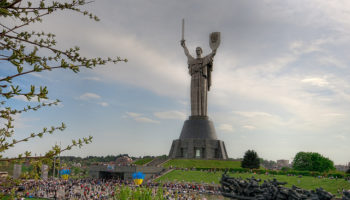





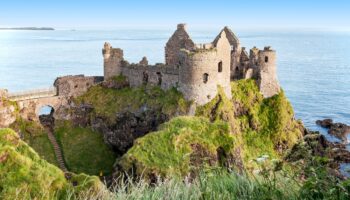


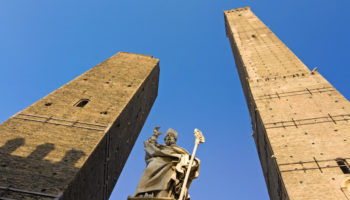

Leave a Reply